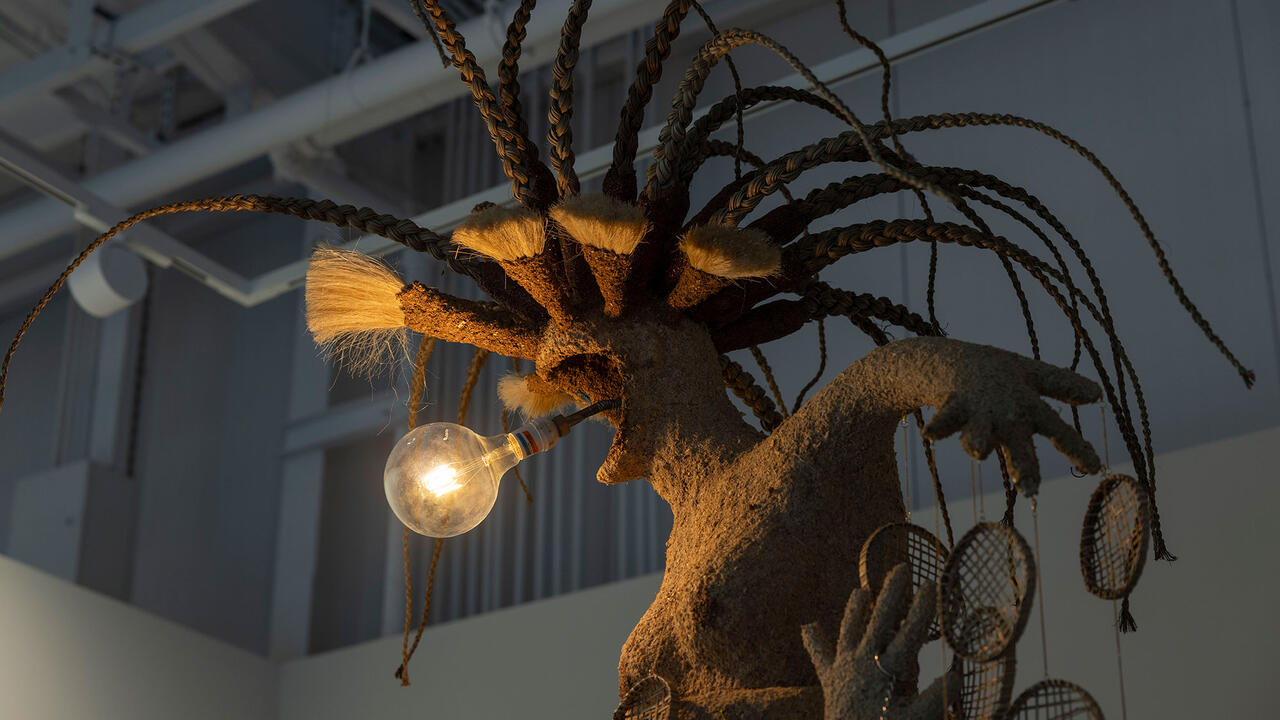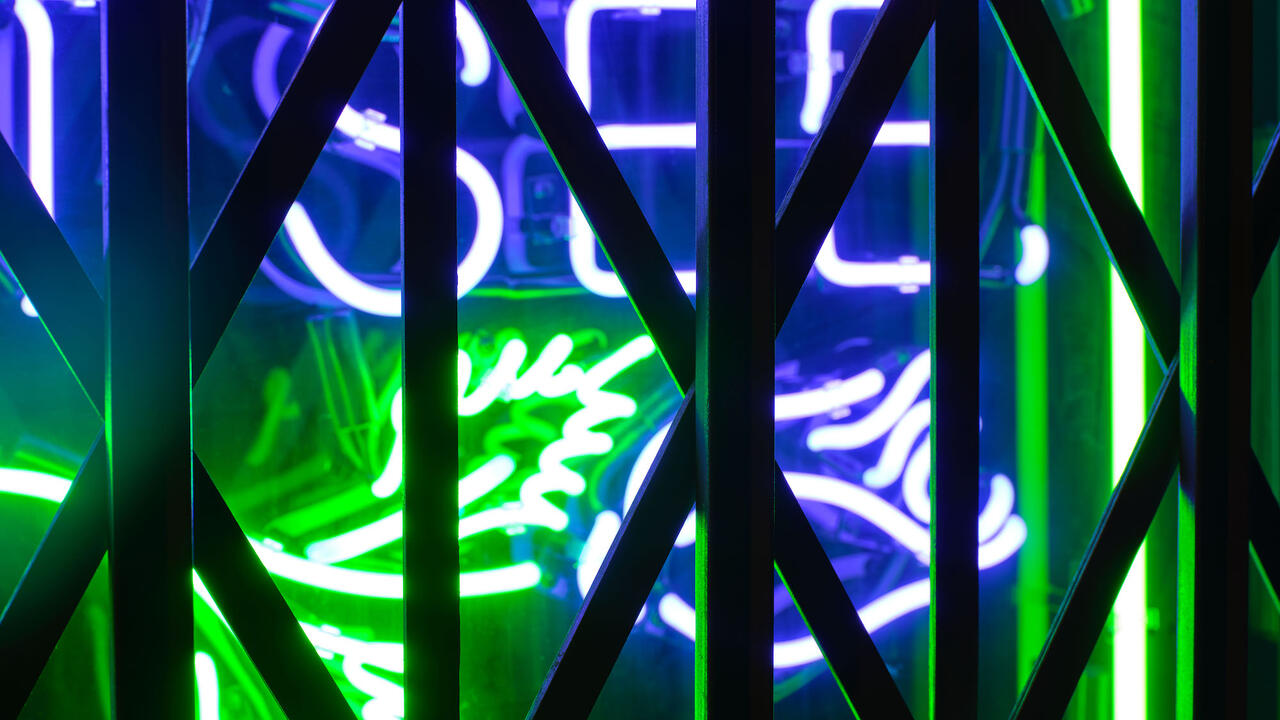Charline von Heyl
Petzel New York
Petzel New York

To say that the 15 paintings and drawings by Charline von Heyl from the early 1990s that make up this show at Petzel look ‘early’ wouldn’t be wrong. They do. While here and there you can spot traces of the patterns and brighter, synthetic colours that dominate her work today, on the whole the palette is softer and earthier, at times almost antique. In spite of their size and strength (horses, which figure three times in the show, feel like natural emblems), they flush with an awkwardness that’s just a shade away from that of her recent work. These paintings are less graphic and more candid about their labour, making visible a process of searching, often through the build-up of thick, highly articulated layers. But in the end, this all might be beside the point. Instead, what’s remarkable about this show is the extent to which the paintings both hold their own as pictures and fluently employ the visual language that makes them instantly recognizable as the work of Von Heyl.
One key to this might be the way that Von Heyl’s paintings, on multiple levels, tend to collapse a sense of linear development. For example, individual pictures often challenge an understanding of the sequence of their construction, or at least leave you wondering about it – such as when an apparent underlayer turns out, on closer inspection, to be a superimposition, causing positive and negative spaces to flip. The fact that this ‘early’ body of work seems at first glance nearly contemporaneous with the artist’s more recent output could be a broader manifestation of the same confounding quality. Despite the exhibition’s rightful insistence on the paintings’ (and Von Heyl’s) place within the specific context of Cologne and Düsseldorf in the early 1990s, what’s notable is how little the essence of Von Heyl’s project appears to have changed in the 30 years since, and yet how responsive it feels to the present, now just as then – a quality very few artists can claim. For the show’s New York audience, this sense might be amplified by the memory of Von Heyl’s work in two recent group shows nearby: The Forever Now at MoMA and Call and Response at Gavin Brown’s Enterprise, both of which included Von Heyl in separate efforts to build an understanding of painting in our current moment. These contextualizations of the artist in relation to the present hover over the early paintings, paradoxically, like afterimages.
In this context, the works assembled here also reveal the way that it might be possible to think of Von Heyl’s project as skirting the ideal of ‘progress’ which is often taken as given. Rather than moving forward, her pictures tend to move circularly, continually reshuffling their component parts like a slowly expanding game of cat’s cradle. In an interview in the accompanying catalogue, Von Heyl tells Isabelle Graw about her experiments with materials and mark making during these early years: ‘I was unearthing weird shards of future paintings in the basement of my mind’, she explains. One of the paintings on view, Untitled (8/90) (1990), almost seems to literalize this idea of one painting divining a future one to come. In it, four white fragments of a framed picture drift across the surface of an unfurling, brown abstraction. Their blank, white surfaces register only the topography of marks from the layers below, forming pieces of a new image literally inseparable from the one which precedes it: a picture at once opening outward from and onto its own history.














